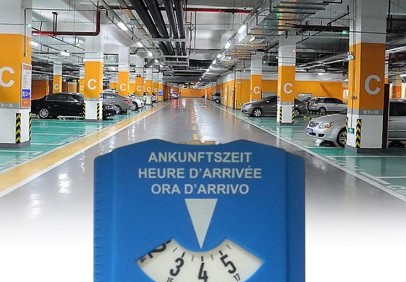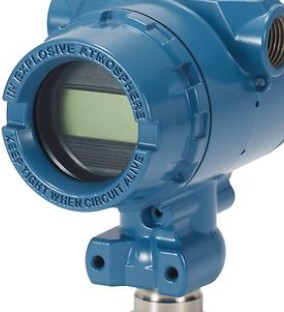
Calibrating a Parking Timer
• Gather Equipment: Reliable and accurate reference timer or clock.
• Use Calibration Tools: All necessary tools for adjusting the timer.
• Check Initial Settings: Ensure the timer is set up and connected correctly.
• Warm-Up the Device: Allow the timer to warm up if it has an internal clock or timer mechanism.
• Compare Timers: Start both timers simultaneously and let them run for a set period.
• Record and Compare: Compare the timer reading with the reference timer at the end of the set period.
• Adjust Calibration: Follow manufacturer’s instructions if the timer is inaccurate.
• Repeat Testing: Repeat the comparison process after making adjustments.
• Verify Accuracy: Perform additional tests over various time intervals and check the timer’s performance under different environmental conditions.
• Document Calibration: Record calibration results and the date of calibration.
• Regular Maintenance: Follow manufacturer’s recommended maintenance and calibration schedule.




